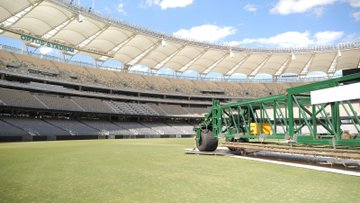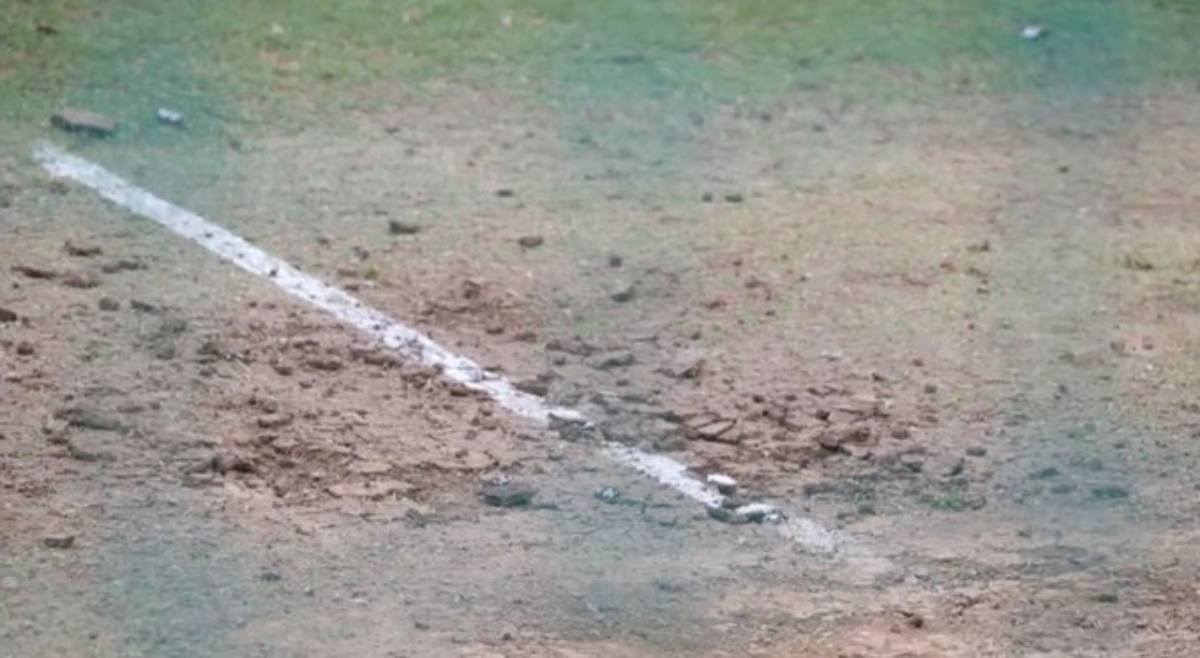Australia emerged victorious in the Border-Gavaskar Trophy, securing a convincing 3-1 series win over India. The series was notable for utilizing five different venues, each presenting unique playing conditions that tested both teams’ adaptability.
Perth, Adelaide, Brisbane, and Melbourne
The International Cricket Council’s pitch ratings reflected the high standard of wicket preparation across most venues. The first four Test matches, played at Perth, Adelaide, Brisbane, and Melbourne, received the ICC’s highest possible rating of “very good,” indicating excellent cricket wickets that provided a fair contest between bat and ball.

Also Read: What Joe Root Did To Jofra Archer, Rohit Sharma Did To Jasprit Bumrah | Find Out Full Story
Sydney
The Sydney Cricket Ground, which hosted the final Test, presented markedly different conditions with a green, seaming wicket. The match concluded in just two and a half days, significantly shorter than a traditional Test match duration. The ICC rated this pitch as “satisfactory,” the second-highest category in their assessment scale.
“We are delighted by the quality of pitches produced,” Peter Roach, CA Head of Cricket Operations and Scheduling said. “We encourage pitches that bring out the unique characteristics of that venue and this has long been a feature of Australian cricket. We strongly believe that this is one of the reasons that Test cricket is so popular in Australia. We don’t look to prepare wickets that favor the home side or suit our situation in a series. We seek a good contest between bat and ball and pitches that are likely to produce a result,” he added.
Also Read: BCCI’s New Secretary CONFIRMED Before Elections!! Find Out Who Chairs The Board
This variation in pitch conditions throughout the series offered a comprehensive test of both teams’ capabilities across different playing surfaces, with Australia ultimately proving more successful in adapting to the diverse conditions across all five venues.













